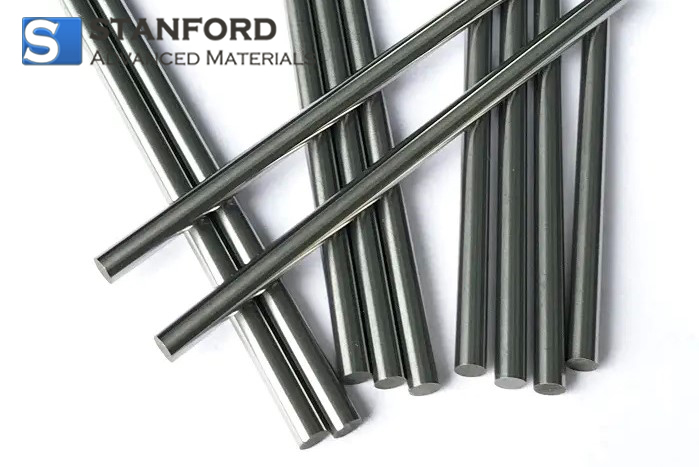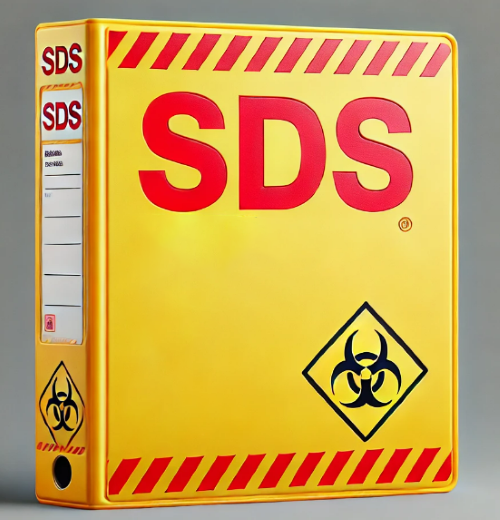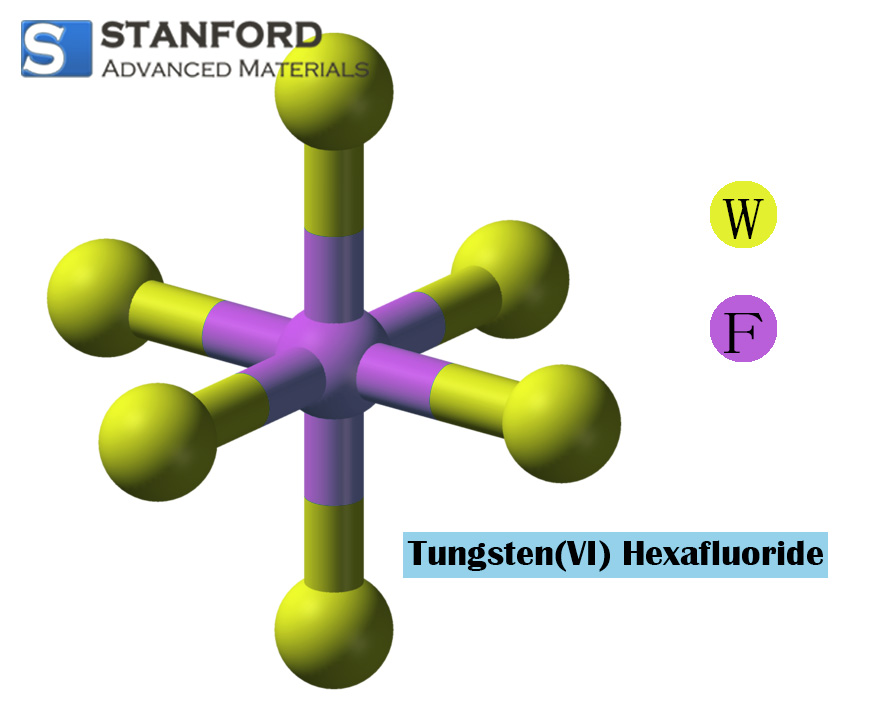MSDS Of Holmium Lump
1 Substance Identification
Product details:
Trade name: Holmium Lump, sublimated dendritically
Stock number: ME67
Manufacturer/Supplier:
Stanford Advanced Materials
23661 Birtcher Dr., Lake Forest, CA 92630 U.S.A.
Tel: (949) 407-8904, Fax: (949) 812-6690
E-mail: sales@SAMaterials.com
2 Composition/Data on Components
Chemical characterisation:
Description: Holmium (CAS No. 7440-60-2)
Identification number(s): EINECS number: 231-169-0
3 Hazard Identification
Hazard description: – not applicable
Specific hazard advice for human health and the environment: not applicable
4 First Aid Measures
General advice: No special measures are required.
After inhalation: If symptoms occur, seek medical advice.
After skin contact: The product is generally not skin irritating.
After eye contact: Rinse the affected eye for several minutes under running water. If symptoms persist, consult a doctor.
After ingestion: Seek medical advice.
5 Fire-Fighting Measures
Suitable extinguishing agents: Specialised powder for metal fires. Do not use water.
Unsuitable extinguishing agents for safety reasons: Water, halogenated fire extinguishers
Specific hazards arising from the substance or its combustion products
Gases evolved:
Powder: flammable
Protective equipment: No special measures are required.
6 Measures for Accidental Release
Person-related precautionary measures: Not required.
Measures to protect the environment: Do not allow the substance to be released into the environment without official authorisation.
Clean-up measures: Recover mechanically.
Additional information:
For safe handling, see Section 7.
For personal protective equipment, see Section 8.
For disposal, see Section 13.
7 Handling and Storage
Handling
Safe handling advice:
Handle under dry protective gas.
Keep the container tightly closed.
Store in a cool, dry place in tightly closed containers.
With proper use, no special precautionary measures are required.
Advice for explosion and fire protection:
No special measures are required.
Storage
Requirements for storage rooms and containers: No special requirements.
Storage in a common facility:
Do not store together with oxidising and acidic substances.
Store separately from halogens.
Store separately from air.
Store separately from water/moisture.
Additional information on storage conditions:
Store in petroleum or under dry argon.
8 Control of Exposure and Personal Protective Equipment
Additional advice for the design of technical installations: No further information; see Section 7.
Components with workplace-related exposure limit values: Not required.
Additional notes: No information available.
Personal Protective Equipment
General protection and hygiene measures:
Observe the usual precautions when handling chemicals.
Respiratory protection: Not required.
Hand protection: Not required.
Eye protection: Safety goggles
Body protection: Workwear.
9 Physical and Chemical Properties:
Form: Solid mass
Colour: Silvery grey
Odour: Odourless
Value/Range Unit Method
Changes in State
Melting point/Range: 1447 °C
Boiling point/Range: 2700 °C
Sublimation temperature/Onset: Not determined
Flash point: Not applicable
Flammability (solid, gaseous): Not flammable.
Powder: Flammable
Ignition temperature: Not determined
Decomposition temperature: Not determined
Explosive hazard: The product is not explosive.
Explosion limits:
Lower: Not determined
Upper: Not determined
Vapour pressure: Not determined
Density: 8,78 g/cm³
Solubility in/Miscibility with water: Decomposes
10 Stability and Reactivity
Thermal decomposition/conditions to be avoided: Under proper use and storage, no decomposition occurs.
Substances to be avoided: Acids, oxidising agents, water/moisture, air, halogens
Dangerous reactions
Powder: Upon contact with water, highly flammable gases are generated.
Dangerous decomposition products: Metal oxide fumes
11 Toxicological Information
Acute toxicity:
Primary irritant effects:
On the skin: Powder – irritant effect
In the eyes: Powder – irritant effect
Sensitisation: No sensitising effects are known.
Subacute to chronic toxicity: Holmium has a low toxicity level. As with calcium, toxicity generally depends on the anion.
Additional toxicological information: To the best of our knowledge, the acute and chronic toxicity of this substance is not fully known.
No classification data are available regarding the carcinogenic properties of this substance from the EPA, the IARC, the NTP, OSHA or the ACGH.
12 Ecological Information:
General advice: Do not allow the material to be released into the environment without official authorisation.
13 Disposal Considerations
Product:
Recommendation:
Observe state, local or national regulations for proper disposal.
Contaminated packaging:
Recommendation: Disposal must be carried out in accordance with official regulations.
14 Transport Information
Not classified as dangerous goods for transport.
Specific regulations:
Hazard class: None
Road transport ADR/RID (cross-border):
ADR/RID class: None
Sea transport IMDG:
IMDG class: None
Air transport ICAO-TI and IATA-DGR:
ICAO/IATA class: None
Transport/Additional information:
Not dangerous as defined by the above information.
15 Regulations
Product-related hazard statements:
When handling chemicals, observe the general safety regulations.
National regulations:
All components of this product are listed in the directory of chemical substances of the US Environmental Protection Agency Toxic Substances Control Act.
End of Data Sheet
This safety data sheet is provided solely for your information, consideration and investigation. Stanford Advanced Materials makes no explicit or implicit warranties and accepts no responsibility for the accuracy or completeness of the data contained herein.

 Bars
Bars
 Beads & Spheres
Beads & Spheres
 Bolts & Nuts
Bolts & Nuts
 Crucibles
Crucibles
 Discs
Discs
 Fibers & Fabrics
Fibers & Fabrics
 Films
Films
 Flake
Flake
 Foams
Foams
 Foil
Foil
 Granules
Granules
 Honeycombs
Honeycombs
 Ink
Ink
 Laminate
Laminate
 Lumps
Lumps
 Meshes
Meshes
 Metallised Film
Metallised Film
 Plate
Plate
 Powders
Powders
 Rod
Rod
 Sheets
Sheets
 Single Crystals
Single Crystals
 Sputtering Target
Sputtering Target
 Tubes
Tubes
 Washer
Washer
 Wires
Wires
 Converters & Calculators
Converters & Calculators
 Write for Us
Write for Us


 Chin Trento
Chin Trento


